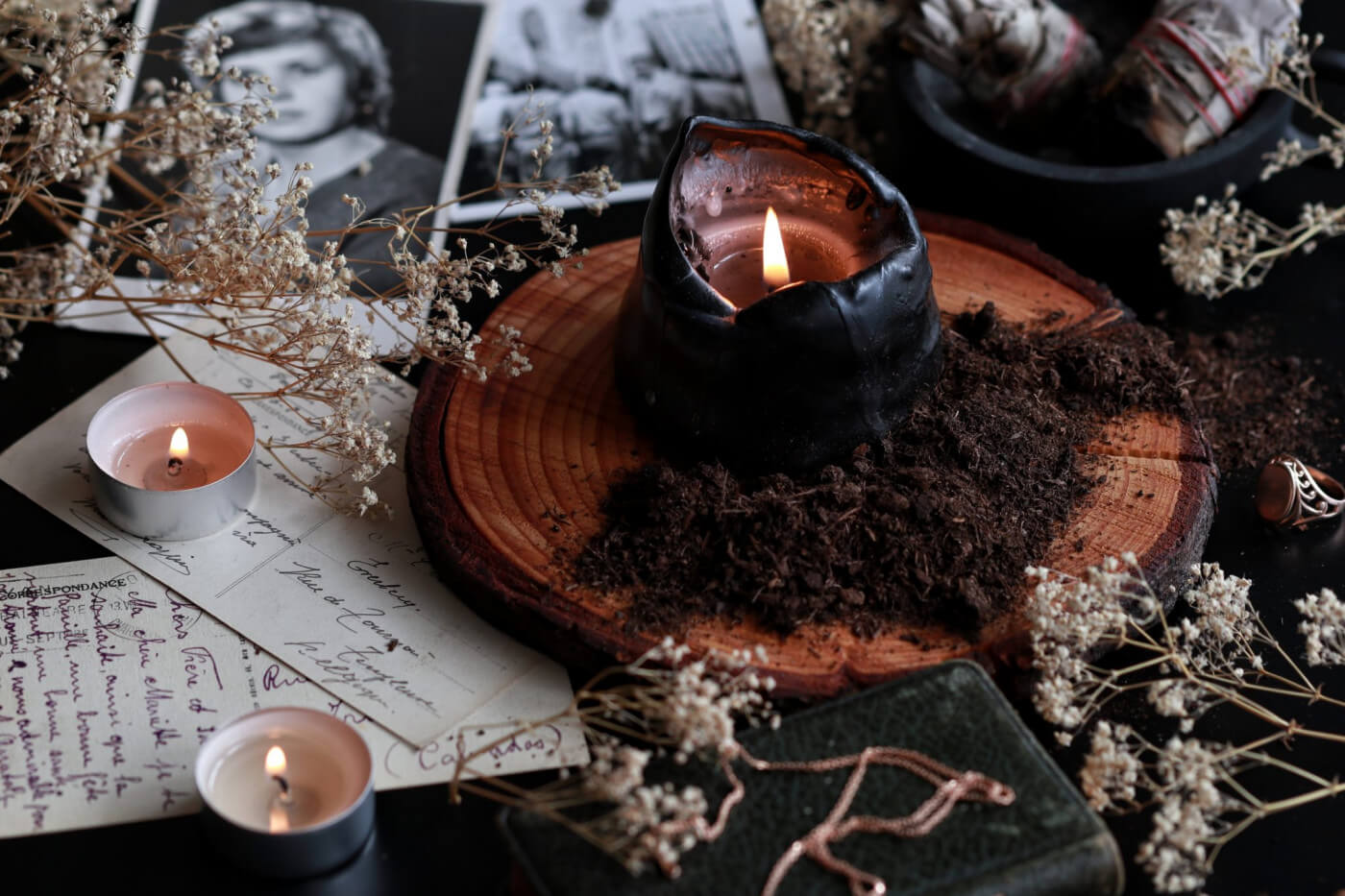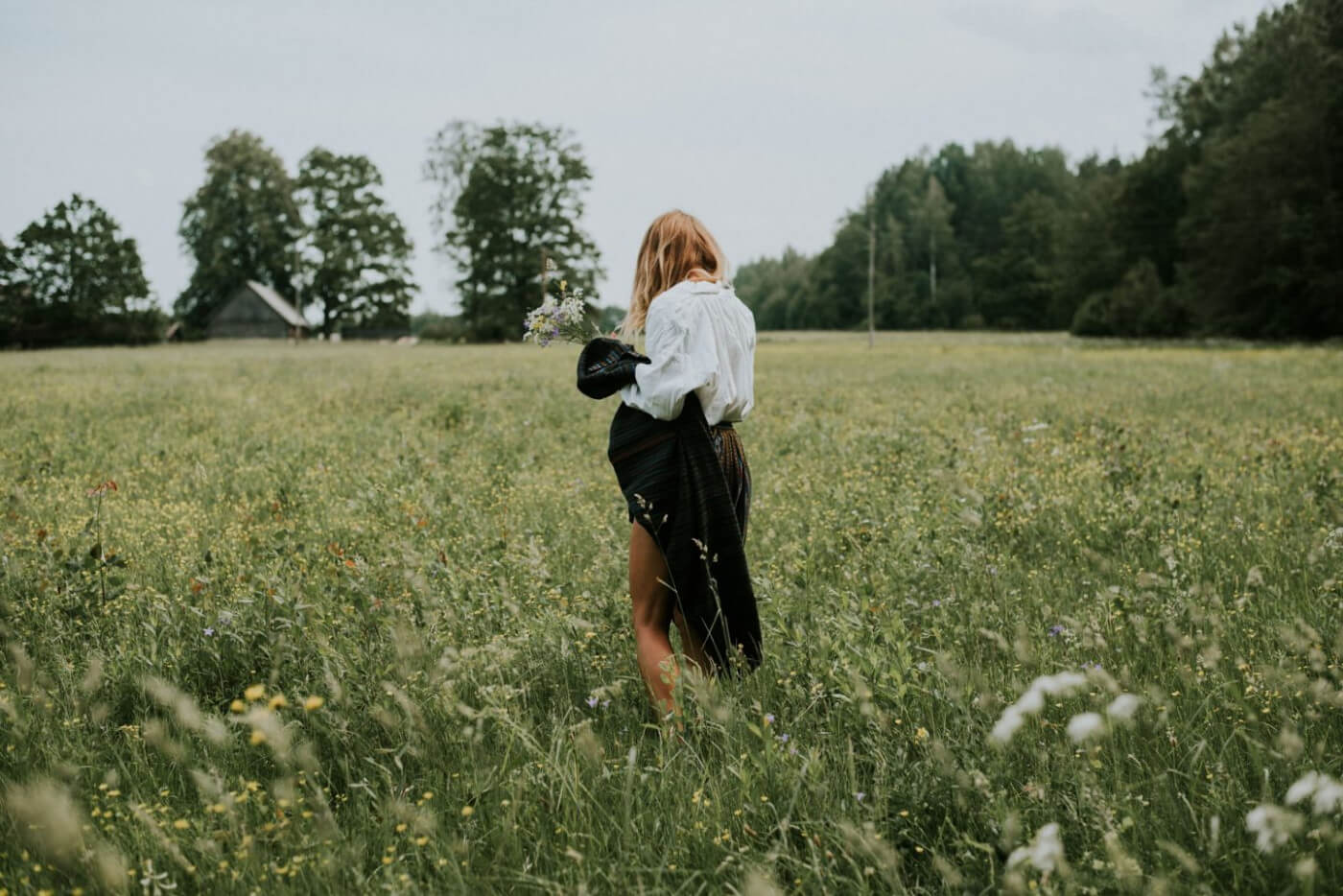Between Lughnasadh and Samhain sits Mabon. Mabon is the second harvest festival and the midway point of the harvest season. For those of us who follow the Wheel of the Year, Mabon recognizes the dedication and hard work from the Spring and Summer months. If luck is on our side, our pantry is full, and we’ll share that abundance with neighbors. We’ll host potlucks and play outside and not feel bad when we take a midday nap in the shade.
But even with all the merriment of the second harvest, there is a dark side to the season. Mabon shows up on the cusp of a sacrifice. In this case, the dying God. Although the God (the sun) has been nurturing the earth for the past several months, he sacrifices himself on Mabon with the knowledge that he will be reborn.
After today, the nighttime hours will exceed those of the day, but for now, light and dark are once again in balance— it’s time to welcome back the Fall Equinox.
The Story of Mabon
In the old days, the harvest season was crucial to survival. It was the last bit of warmth that humans could rely on before the cold months arrived. Families used this time to clear the fields, slaughter livestock, and stockpile firewood.
But that doesn’t mean that Mabon was all work and no play.
After spending a long day collecting food from the fields, families and neighbors would gather in the evenings and share in their successes. While they prepared the fire and readied the meal, young couples would sing and dance to entertain the elders. Crones and children would collect discarded garden trimmings to craft harvest wreaths and corn dollies. Even the adults, who were exhausted from a day spent working the land, would unwind by partaking in friendly competitions—many of which were drinking contests disguised as festival games.
Although Mabon takes place on September 22nd and 23rd, some people prefer to schedule events around this month’s full or new moon. Others will celebrate for the entire month.
The Eleusinian Mysteries and the Equinox
From the Spring Equinox until Mabon, the sun reigns supreme. But at the Autumnal Equinox, the power shifts back to his lover and opposite, the moon. With the Goddess back on her throne, and without the sun’s bold influence, we’re encouraged to look within for answers. Most of the time, we are overwhelmed by what we find in the shadows.
This desire to understand the innermost workings of the psyche might be the reason that the Eleusinian Mysteries (specifically the Greater Mysteries) took place around the Autumnal Equinox. It’s when the Goddess takes back her power, but also the month when Pluto abducts Kore (soon to be known as Persephone) and forces her to rule the underworld.
Also known as the Rites of Demeter, the Mysteries took place for nearly 2000 years, from approximately 1600 BCE-400 CE. But, since initiates were forbidden from sharing details, the teachings were passed down orally to protect the Goddess’s secrets.
Today, most of what we know comes from rumors and obscure writings from former initiates like Plato. He claimed that this 10-day ritual was the Goddess’s way of proving that the soul was immortal (as evident by Persephone’s descent, transformation, and return from the underworld). Upon completing the ritual, initiates would have a greater understanding of their life purpose and no longer fear death.
The Eleusinian Mysteries have nearly been lost to the ages, but retelling the story of Demeter and Persephone during midharvest is one way that we can connect with the cycles of Mother Nature and the essence of the season.
Midharvest Rituals and Gatherings for the Modern World
Mabon is a celebration of life’s simple pleasures, but it also speaks to death, grief, and the parts of the psyche that we must release to make room for the unknown. While the second harvest festival wasn’t always synonymous with the Autumnal Equinox, over time, their stories have overlapped and melded into a joint celebration.
During midharvest, many of us focus on rituals involving hearth magick, gratitude, balance, abundance, protection, planning, and the well-being of our community. We can dedicate a day (or two) to mindfulness and inner balance, or, we can use the Autumnal Equinox as a reminder to honor the change of season through our daily choices.
Now is a good time to:
- Ask for a raise.
- Organize your workspace.
- Complete a project that you’re procrastinating.
- Address simple tasks that you can do now that will make your life more enjoyable during the winter months.
- Get outside as often as you can.
- Reflect on your relationship with plants and food. How do you get your produce? Where does it come from? How many hands does it pass through before reaching yours?
- Make a harvest basket filled with seasonal produce like pumpkins, apples, fresh bread, beer, wine, and cider. Keep some for yourself and leave the rest on your altar as an offering for ancestors or a dark goddess like Hecate or Persephone.
And if you’re looking to meet more like-minded souls, consider visiting one of the following midharvest festivals that take place throughout the globe:
Pagan Pride
The Pagan Pride festival is not one big party, but a series of gatherings that take place throughout the United States, Canada, Europe, and Latin America. While each Pagan Pride event will vary depending on location, a food drive or similar charitable activity is at the core of the foundation.
United Kingdom’s Harvest Festival
On the Sunday closest to September’s full moon (before the equinox), local farmers in the UK will bring baskets of food to the local church for the priests to bless. After the service, church members distribute the food to community members in need and host a carnival-style celebration for the entire town.
Oktoberfest
While not necessarily tied to Mabon or the Autumnal Equinox, Oktoberfest traditions—specifically the worshipping of food and drink—aligns with the joyful sentiment of the harvest season. Oktoberfest takes place in Munich every year, with smaller celebrations popping up throughout Germany and the rest of the world.









